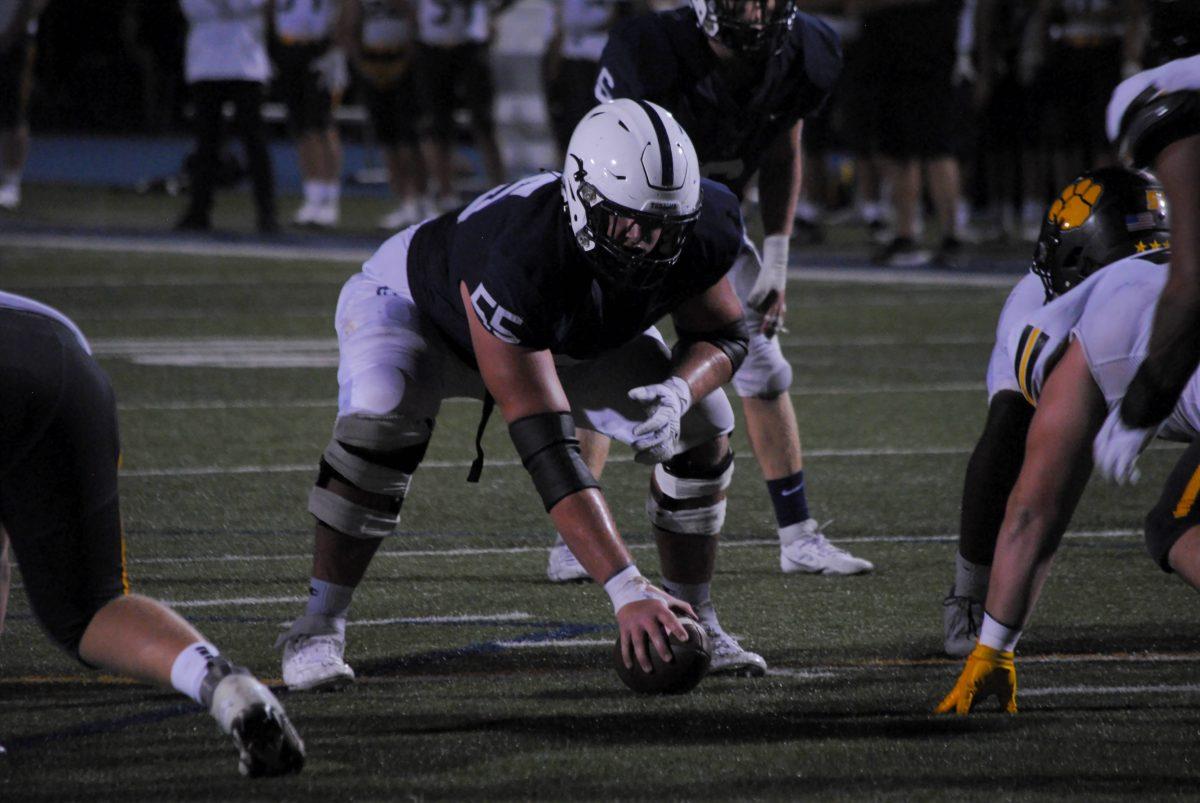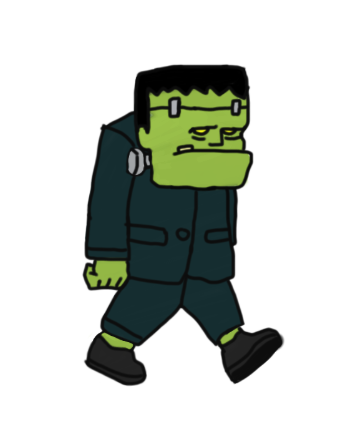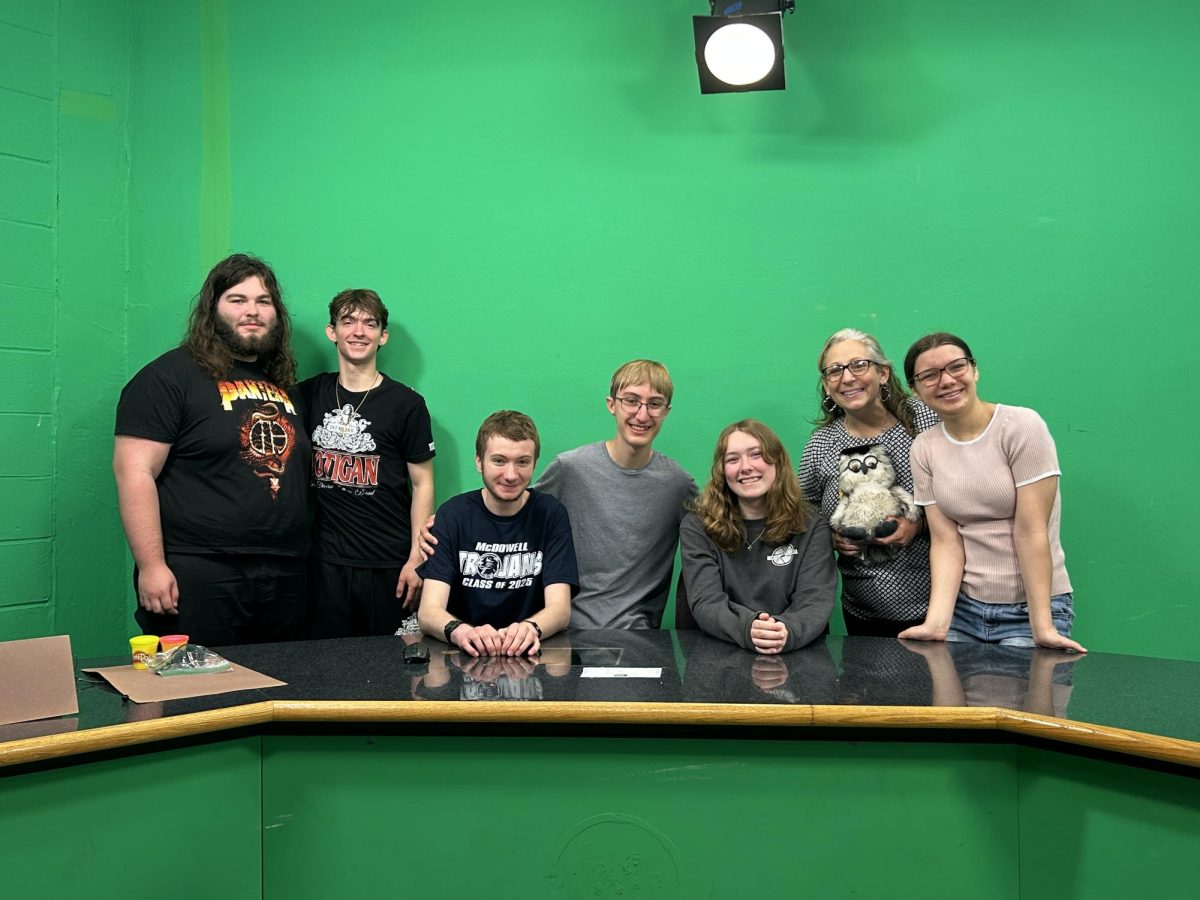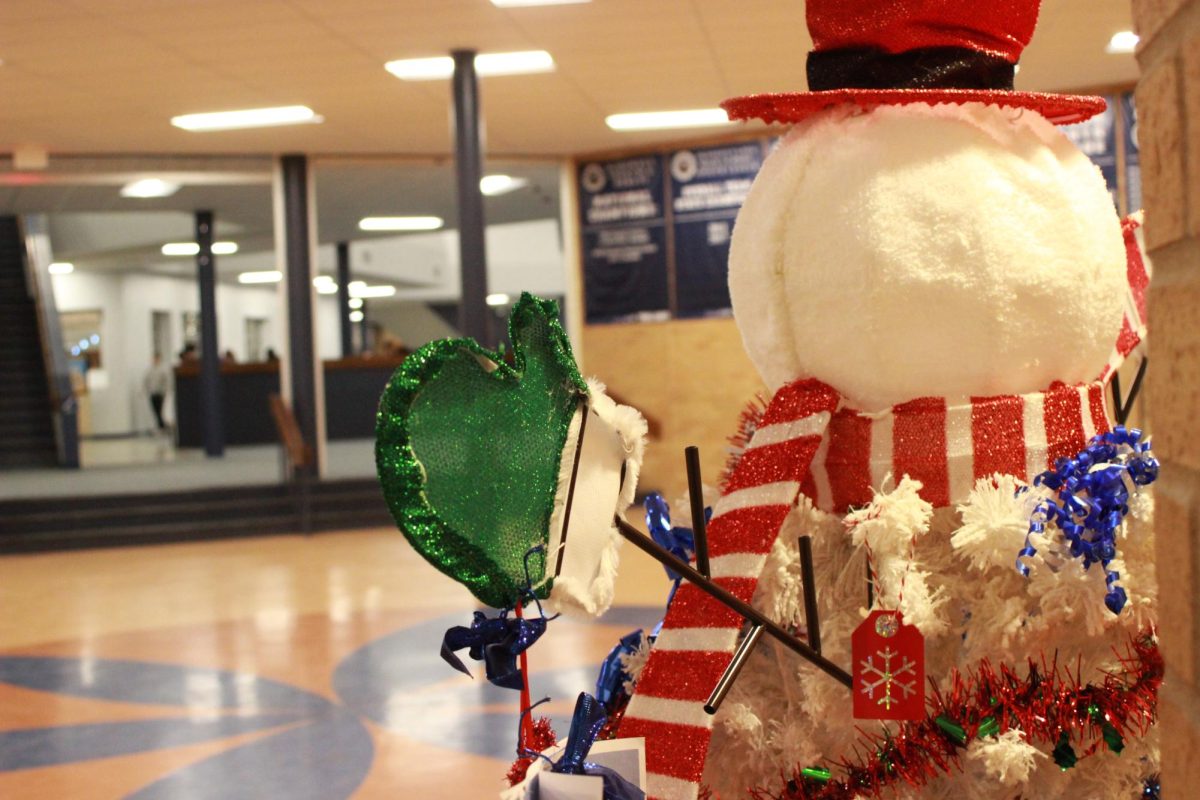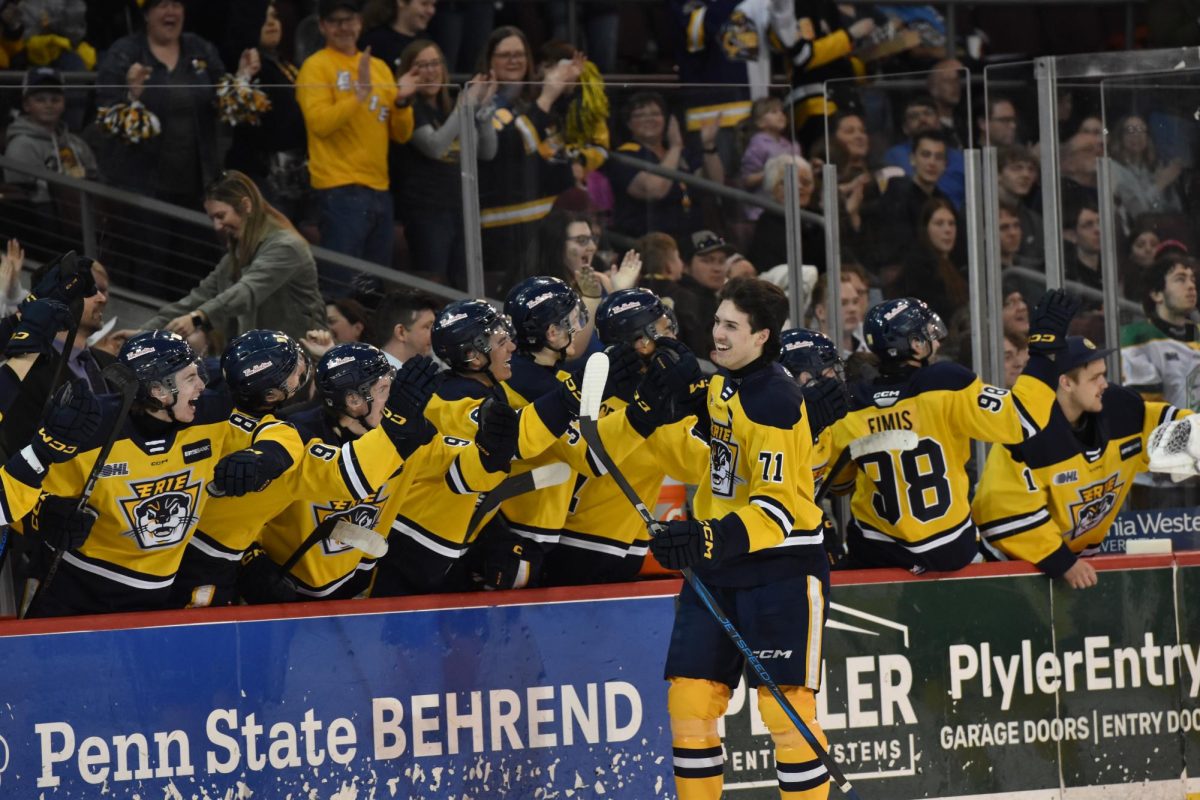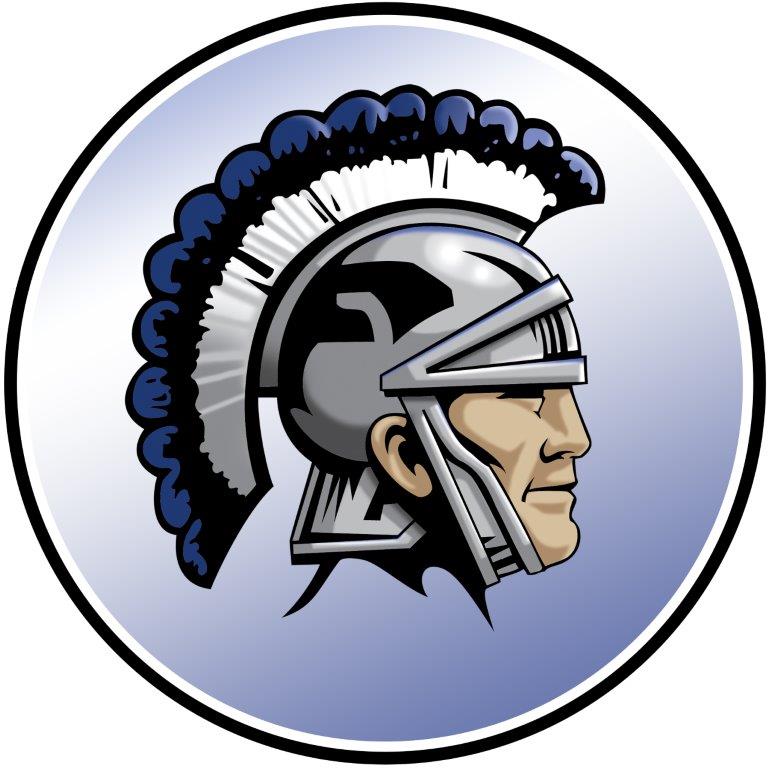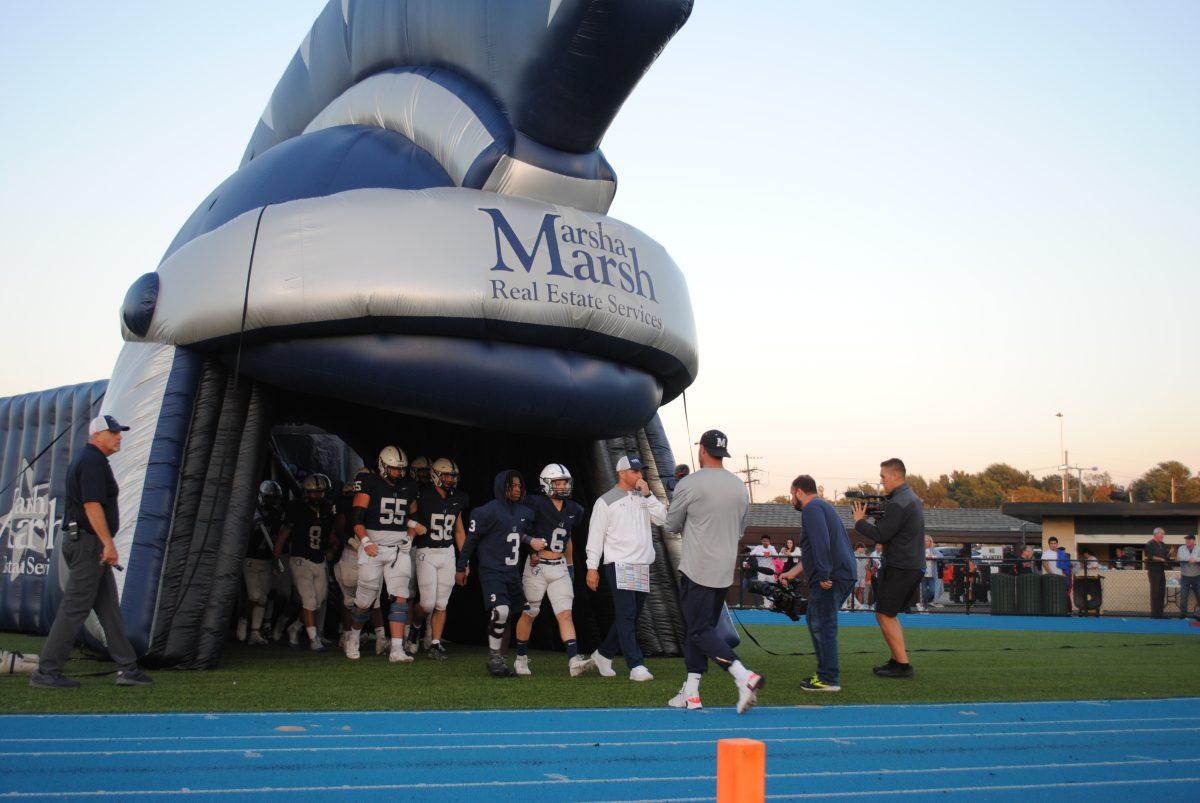In the world of competitive sports, the spotlight often shines on the physical skills of student athletes – their speed, agility and strength captivating audiences. Yet, behind the roar of the crowd and glory of victory lies another story, one filled with injured athletes and the effects it makes on their mental health. As the crowd fades and adrenaline subsides, many athletes find themselves struggling not only with physical wounds but also with unseen scars that can deeply affect their well-being and their ability to perform on the field, court or track.
Blayze Myers, a junior on the football and basketball teams, was injured during the last minutes of the quarterfinal football game against North Allegheny. He tore his ACL as well as damaged both his MCL and Meniscus when tackled at the end of a run, the recovery for this is 9-12 months. Myers says,”I don’t think unless you go through something like this you can understand how much it affects you. It did put me into a bit of a depression.”
After his surgery Myers was bound to a recliner, in a lot of pain and had to watch his basketball team play in Florida from an iPad rather than being there with them, making memories. He didn’t have the luxury to socialize with his friends at school because he was homebound which made it harder.
Even with the setback he tried his best to stay mentally strong in terms of recovery, he stayed focused on the goal of getting back on the court. He made goals in his recovery and went to physical therapy and worked with the athletic training from McDowell. He was able to strength train his upper body, which kept him motivated.
He still went to basketball practices and games, he cheered them on and gave them advice when he could. “But it is challenging not being able to help them out on the court or feel like a real part of the team,” he says.
On a different side of recovery, some athletes don’t talk about it to anyone, and keep their feelings to themselves. Brady Kramer, a junior and a player on the football and baseball teams, was injured in a football game, he was wrapped up by two people around his legs, and then a third person came. As he was hit, his knee twisted and dislocated by the time he hit the ground. He ended up with a torn MCL, MPFL, patella tendon and cartilage damage to the patella.
He has a particularly interesting case because though all of the individual injuries are fairly common, the fact that it all happened at once is interesting. He had a very specific protocol where he had no timetable for return to play. The first 2.5 months of his recovery were slow, he focused on firing his quad and getting the flexion and extension of his knee, he then started focusing on strengthening the quad and balance, and then they would focus on jogging and running.
When looking at the future of his athletic career he says, “I’m hoping that this injury will only impact me slightly, but because of the severity of my injury, there is a possibility that it would take years to fully recover.” He was also told that there is a chance he may not be able to play football again, but he grips onto his hope of playing baseball at the collegiate level.
Despite all of this, he has stayed positive and didn’t let this injury consume him. “I don’t like to sulk over anything, and this injury doesn’t change that,” he says. His biggest goal was to simply get healthy.
He was able to remind himself that his injury was rare, so while he may get frustrated or impatient he was able to not rush anything.
Even though he has kept a positive attitude he still has a fear of reinjuring it. “I do fear it because if I do reinjure myself, then it most likely means my sports career is over,” he says. He prohibited himself from doing some things in rehab because he felt his knee wasn’t ready, or that it might happen again.
He didn’t communicate his feelings with anyone, just updated them on rehab, though they could tell it was hard for him to not participate. He says, “Even if I do tell them how I feel, they won’t truly understand.”
This is a common factor among most athletes. On a more positive side, however, athletes at McDowell have a built in support system in the athletic training room, Kelly Bruce.
Bruce was an athlete herself, but her career came to an abrupt end when she was injured, her college career had just begun. Her experience is one of the main reasons she became an athletic trainer, she focuses on the physical and mental aspect of injuries. She shares her story with other athletes and tries to treat them all like her younger brother or sister, to make them feel more comfortable.
She does as much as she can to keep the athlete positive. She sets goals with them, even if they’re small, and she tries to schedule athletes with the same kind of injury together so they have each other. She understands that athletes like to compete so she uses that, but she also sees that some athletes are struggling but don’t want to be vulnerable in front of their teammates.
She had one athlete in particular that had a season ending injury early in the season. They had put a lot of work in the pre-season so this hit hard. Even though they had previous injuries they were devastated because they had worked so hard. Bruce saw that after the injury they started to display signs of depression. They were less interested in their education or career path, and was overall not as outgoing as before. She had a private meeting with the athlete and brought up her concerns. She referred them to be evaluated to be able to receive the appropriate intervention. “This was offered without their teammates having to know as they, like many others, were nervous to be vulnerable in front of their team,” she says.
But athletes aren’t just worried about their injury or mental health, but also their future. Myers feared his injury may impact his recruitment opportunities because he will miss recruiting and exposure camps. He also isn’t able to do AAU basketball. He says, “I don’t have any film or stats from junior year basketball season to share, so I know that has hurt my chances of being able to be looked at to play basketball in college.”
Though he does expect to make a full recovery and make a comeback for his senior year, he has worries. Most athletes do have to stress about this.
Both Myers and Kramer are examples of the complex journey of injuries in athletes. For Myers, the abrupt halt to his junior year aspirations due to a devastating ACL tear not only robbed him of the physical thrill of competition but also plunged him into a depression. But, in the face of adversity, his resilience has shone through as he committed himself to his recovery with the encouragement of his friends, teammates, athletic trainer and most importantly his parents.
Similarly, Kramer’s unfortunate and rare story reflects the uncertain terrain of rehabilitation, where each step forward is a testament to grit and determination. Confronted with a multitude of injuries he embarked on a painstricken journey, his dream of collegiate sports dangling within arms reach. Kramer’s optimism and dedication to his recovery serve as a beacon of hope, illuminating the path forward.
Their stories resonate with a common thread of resilience and perseverance, but it also showcases the troubles that athletes must face when injured.


